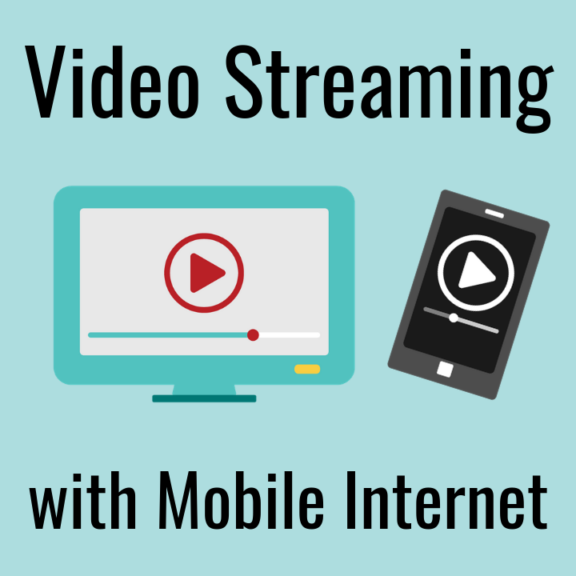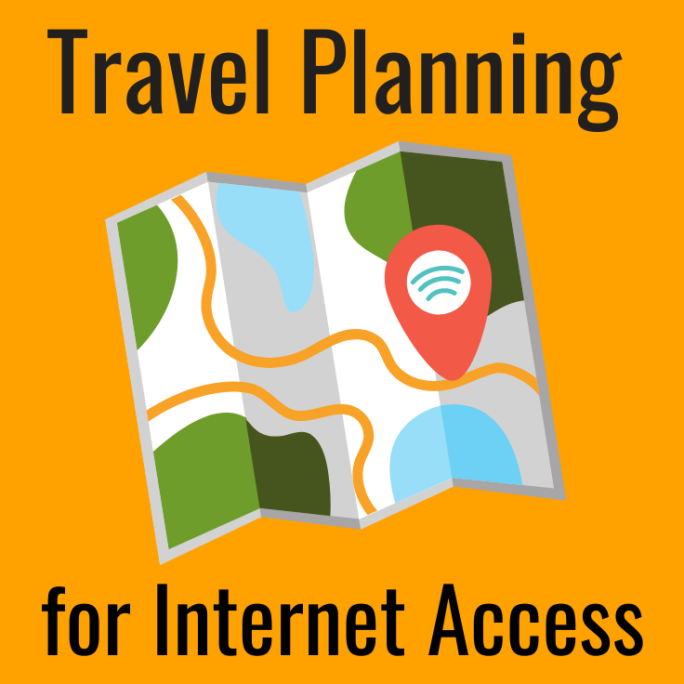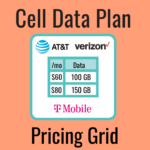Legacy Verizon gUDP Plan Guide
Verizon's grandfathered legacy Nationwide 'original' unlimited data plans were truly unlimited postpaid smartphone plans, before an era of throttling, network management, and restrictions on mobile hotspot use. It's a plan we affectionally call the Verizon gUDP.
And, they have been able to be used in hotspots and routers - albeit with some rounds of terminations over the years.
These plans retired in 2011 and obtaining them as a new customer hasn't been possible in many years.
But if you have one of these sweet plans, they are worth their weight in gold - and are worth protecting.
What is the Verizon gUDP?
gUDP stands for Verizon grandfathered Unlimited Data Plan. It became the shorthand name to refer to this particular plan. This is not to be confused with the pUDP, or Verizon Prepaid Unlimited Jetpack plan that was available from 2018-2019, or other grandfathered plans from Verizon.
This guide is kept for our members who still have this unicorn of a plan for continued care and feeding.
Alert:
There are rolling sweeps of these legacy plans for high data use or use in routers/hotspots.
Our MIA's can follow developments in our forum here:
Can You Still Get a gUDP?
Nope.
In 2011 Verizon retired their Nationwide unlimited data plans and they have continued to (mostly) grandfather these plans in.
Verizon officially changed its policy in 2014 to no longer allow transferring legit plans to new owners. For a long while, however, the assumption of liability process still worked. But we've not heard of success since around 2016/2017. And there have been several rounds of terminations we've tracked over the years of these plans for high usage and violation of terms of service.
Some corporate accounts still have the ability to keep and create new unlimited data lines for their employees.
Member Exclusive Content Below
Member Exclusive Content In This Guide
Has this guide been helpful so far?
Well.. there's a lot more below available to our members. As well as dozens of other guides like this, videos, classrooms, forums, webinars and more. All specifically created for helping keep RVers, cruisers and nomads online.
Consider Becoming a Member
If mobile internet is an important part of your lifestyle, a membership can help keep you connected with these exclusive benefits:
- in-depth exclusive content
- interactive guidance
- vendor discounts
- alerts & insider tips
- classroom
- community
Free Content Like This Made Possible By Our Members!
We are community funded via our premium membership program - allowing us to focus on creating unbiased quality, in-depth, constantly updated content. We don't accept 3rd party advertising, we're not sponsored and we don't sell 'stuff'.
Already a member?
Log in to continue with this guide.
Check out the Topics Covered in the Member Section:
Why are Verizon gUDPS So Attractive
What is it about the Verizon gUDP that makes it such a sought after plan?
Maintaining, Using & Protecting Your Plan
Essential care & feeding of your gUPD plan.
Regulatory History
An overview of why Unlimited plans on Verizon seem to be so much more useful than Unlimited plans on any other carrier.
Fighting Back Against gUPD Termination
What to do if Verizon terminates your gUPD plan.
Acquiring a gUDP (Archive)
Acquiring a new gUDP is no longer possible, and has not been for years. All information in this section is for archival purposes ONLY!
Summary: A Plan Worth Protecting
The Legacy Verizon gUDP was a popular plan because it didn't have the limitations that many of the unlimited plans of today have. The plan is no longer available directly from Verizon and can no longer be obtained.
If you are one of the lucky people who currently have this plan, treat it with great care.
Additional Reading
Related Guides
Explore the Resource Center
Have Questions?
Join our 'Library Desk':
Internet for RVers & Cruisers Facebook Group
We cross post news articles and guides, and can help point you in the right direction to our content here on the resource center.
It is with gratitude to our premium members that we're able to offer our free content - and for that, they also have access to our member Q&A areas for more in-depth guidance.
Become a Member
 The MIA is our premium membership - designed for those who consider mobile internet an important part of their lifestyle.
The MIA is our premium membership - designed for those who consider mobile internet an important part of their lifestyle.
In thanks for making content like this possible, we offer a bunch of additional perks. From interactive guidance, in-depth member exclusive content, discounts, alerts, classroom and ability to book private advising sessions.
Stay In the Know
We're constantly tracking the industry and analyzing new developments for mobile travelers. If you'd like to receive updates, we offer several ways:
- Subscribe to our free monthly newsletter
- Subscribe to our News Stories RSS Feed
- Subscribe to our YouTube Channel
- Follow our Facebook Page











 Mobile Internet Resource Center (dba Two Steps Beyond LLC) is founded by Chris & Cherie of
Mobile Internet Resource Center (dba Two Steps Beyond LLC) is founded by Chris & Cherie of